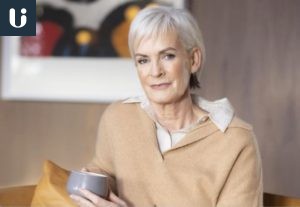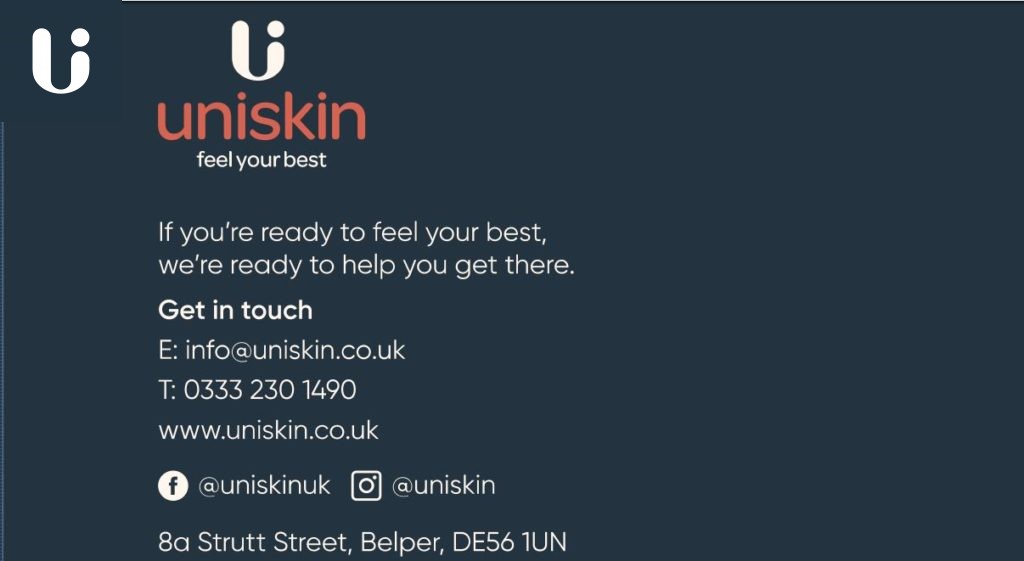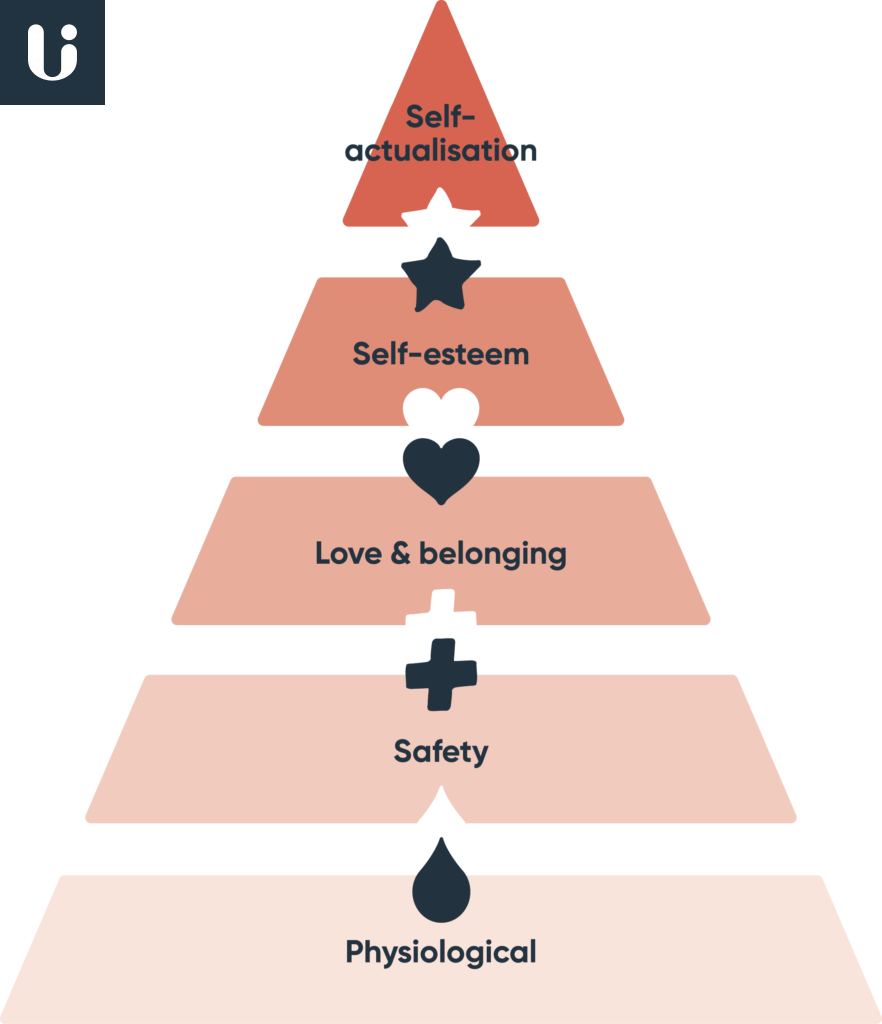The non-surgical results of Judy Murray (61) that has everyone talking.
Judy Murray looks fantastic, and the results are speaking for themselves. However, could Judy’s problems have been avoided in the first place? How does the treatment work?
This article aims to analyse two parts: what happens to women’s skin over the age of 50 and in menopause and, how do these treatments work, and are they effective?
Part 1: What happens in the skin for a woman over 50+
I am the founder and clinical director of Uniskin, an aesthetic and wellness clinic in Belper, Derbyshire. I am a champion for women over 50+ and believe that this age group is vital, beautiful, and energetic, but it is also the age that significant changes occur. Once women enter menopause, their oestrogen shuts down, and collagen decreases by 30% in their body, profoundly impacting their skin. Yet, most of my customer base is resistant to investing in skincare treatments. I believe the biggest reason for this is that there is a general lack of knowledge about skin changes, especially from around 45 years of age. Also, not understanding skincare products and what they can truly achieve. I would go as far as to say that most women believe that applying a bit of moisturiser is enough. My wish is to educate every woman (and man, of course) on the proper skincare, which is not only the best investment they can ever make on themselves, but it can also make them look ageless. Skincare aims for healthy, rejuvenated, radiant-looking skin that stays that way for life.
So, when the papers recently released footage of Judy Murray’s skincare results, I was thrilled. You cannot ask for a better high-profile case that represents the real 50+ woman. Judy Murray represents the type of woman I champion. No supermodel or young perfect women, with perfect skin, or the type that are so overrepresented in social media– think Towie, Made in Chelsea, Geordie Shore, etc., but a real working mother albeit enjoying celebrity status. I hate how magazines and adverts sell skincare using young models who still have healthy and great skin. That is not realistic. However, the results that Judy achieved are evident in her excellent results.
“Judy Murray is well known as a tennis coach and mother of Andy and Jamie Murray. Years outdoors as a tennis coach and competing during summer months have taken their toll on her skin. Judy then attended an aesthetic clinic and was treated by Dr. Todd. Her treatment regime consisted out of radiofrequency treatment (Morpheus8), micro-needling, and Obagi Nuderm”. – The Times and Sunday Times.
When does your skin start to age, and what changes are occurring?
The skin is a complex organ that externally reflects the body’s general health. Numerous variables determine the skin’s quality. The ravages of the environment and age affect the outside of the skin, whereas internally, other factors come into play.
Judy is Scottish with light hair, green-brown eyes, and a pale white complexion. She is a typical Fitzpatrick 2 skin type which means she is at increased risk of sunburn and most significant risk of skin cancer. She is 61 years of age which means she is post-menopausal. With ageing, the skin cycle lengthens, a slower dermal turnover lead to dull and uneven skin. When a woman is post-menopausal, they no longer make oestrogen (hormone for female characteristics). The lack of oestrogen accelerates skin ageing. There is a rapid decline in skin appearance caused by a 30% reduction in collagen and an average decline of 2.1% every year. The collagen is decreased and disproportional with fragmented elastic fibers. Collagen sits parallel to the skin surface and provides structure and strength to the skin and holds it together.
Reduction in collagen means decreased elasticity and cell growth, including wound repair. The elastic fibers are now thin and sparse. GAGS (glycosaminoglycans) attracts water and is responsible for buffering the skin, but this is also diminished, further compounding drying skin. Another critical factor is an enzyme called metalloproteinase (MMP) that breaks down collagen by 1% every year starting at the age of 28. The loss of collagen, elastin, and fluids results in thin, dry skin, fine lines, and wrinkles.
Skin is also the first line of defence against ultraviolet (UV) radiation. UV radiation causes tremendous damage to the skin. Excessive radiation to the skin results in reactive oxygen species (ROS), also known as free radicals. The free radical is an atom that has lost its electron and has become highly unstable. It wants to be in equilibrium and therefore whiz around the cells trying to steal electrons from other atoms. The result is a chain reaction that burns like gunpowder. These free radicals are fond of DNA; they tend to stick onto the DNA and change the genetic material and cause damage and even cancer. Therefore, exposure to UV radiation results in excessive amounts of free radicals, which further breakdown collagen and increases inflammation. The changes described leading to compromising the skin’s integrity resulting in solar scars (white spots), lentigines (brown spots), and pigmentary changes (freckles). The UV exposure also weakens the blood vessels and cell walls creating senile purpura (purple bruising seen on old frail skin) or spider veins in the face. If left unchecked, the result is severe damage to cell function and possible cancer.
See below for in-depth skin analysis.
So, any skincare regime aims to reverse all of the above, which is what July Murray’s skin treatment achieved. A brilliant result. The next part will explain how each regimen worked.
This is a fantastic testament to agelessness and what can be achieved with the right skincare regime. Hoorah to all women over the age of 50. You are simply gorgeous.









